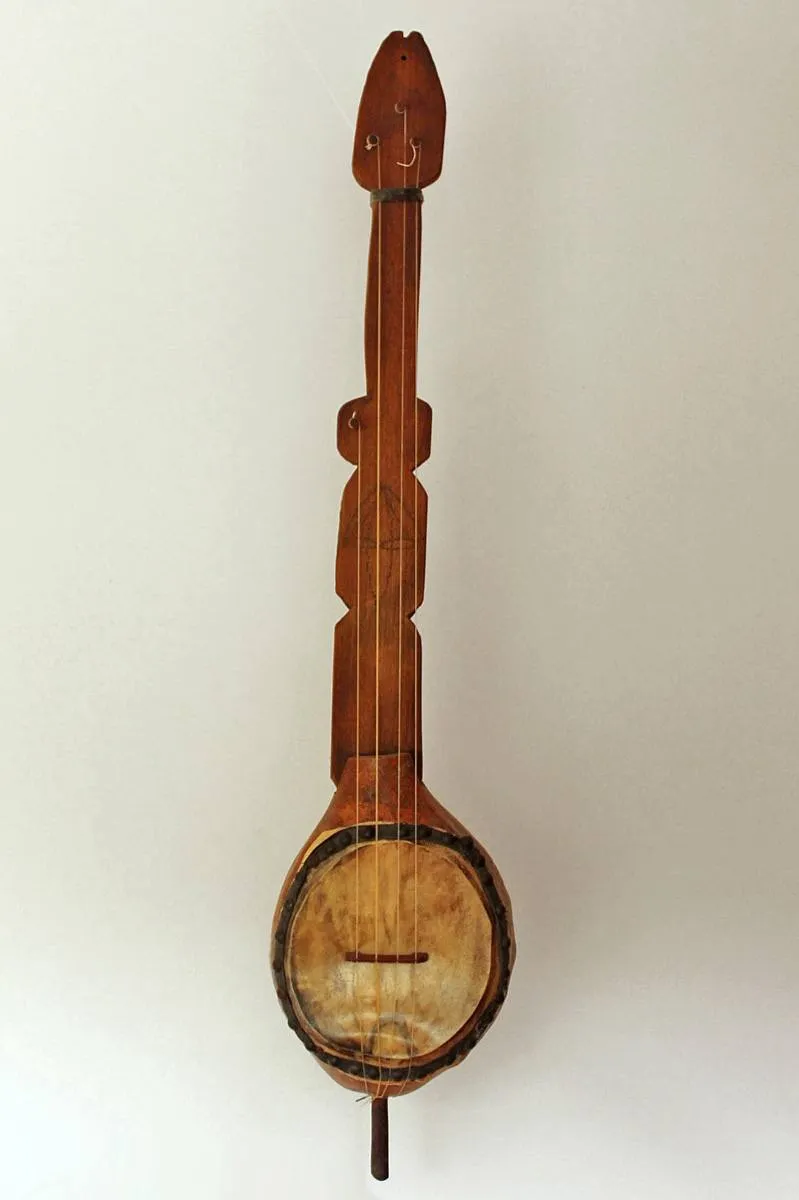Musical instruments
The drum
Some music that we now call traditional music from Martinique came from Africa, which was imported during the slave trade. These are mainly music based on percussion instruments, the chacha (a kind of maracas) and the tibwa (an instrument made up of two wooden sticks and a piece of bamboo that you strike on). But what role did music play in the lives of slaves at the time?
The drum was an emblematic instrument of the slaves. There were two kinds of drums with different sizes and uses. One was more serious and responsible for giving a longer rhythmic pedal, and the other was more acute, intended to evolve quickly according to repeated formulas or not.
To make these drums, they used barrels, hollow bamboo to which they attached skins. The musician was seated on his drum. This vision seems close to that which we currently have on the “tambouyés” (drummers) of Martinique bèlè.
The banza

Another instrument often mentioned in almost all 18th-century documents is the banza, which has disappeared in this form today. He gave the banjo by evolution, whose name derives from the banza. A banza, found by Victor Schoelcher of Haiti in 1840, is now on display at the Musée instrumental de la Cité de la Musique in Paris.
The banza is a lute native to Africa that was introduced to the United States and the Caribbean by slaves and then quickly developed. It has been placed at the forefront in cultural meetings between African and European musicians and opened the voice to African-American music (blues, ragtime, jazz, rhythm & blues, rock & roll, and hip hop). It has accompanied most of American popular music since the second half of the 19th century.
In a book by Richard de Tussac, a French botanist and naturalist, Le Cri des Colons, he describes the life of slaves in the plantations in Santo Domingo and the banza they used for their musical performances:
As for the guitars, which the negroes call banza, here is what they consist of: they cut in its length and in the middle, a frank callebasse. This fruit is sometimes eight inches and more in diameter. They spread a goatskin over it, which they fasten around the edges with small nails; they make two small holes on this surface, then a kind of slat or roughly flattened piece of wood constitutes the neck of the guitar. They stretch over it three cords of clown (a kind of tow from agave, vulgarly clown); the instrument built. They play on this instrument tunes composed of three or four notes, which they repeat constantly; this is what Bishop Gregory calls sentimental, melancholy music; and what we call music of savages.
Called differently according to the colonies, the banza is mentioned in writings on Martinique as early as 1678.
The anzarka
The anzarka, another stringed instrument from Africa, modified to resemble a guitar, was often found at festive occasions in the plantation hut districts.
